The new Phu Tho province was formed from the merger of the old Phu Tho, Vinh Phuc and Hoa Binh provinces, bringing with it a rich cultural treasure of relics, festivals, melodies, traditional crafts and beliefs associated with the ancestral land. However, along with the population size and area expansion, urbanization, infrastructure development and the information technology revolution have pushed traditional values into a new pressure zone, which is both an opportunity to spread but also a risk of being lost if there is no appropriate conservation strategy.
The new province has a significantly larger population and territory, creating a completely different administrative and market scale than before July 1, 2025. This opens up great potential for tourism , trade and industrial development, but at the same time increases pressure on relics, festivals and traditional cultural spaces.
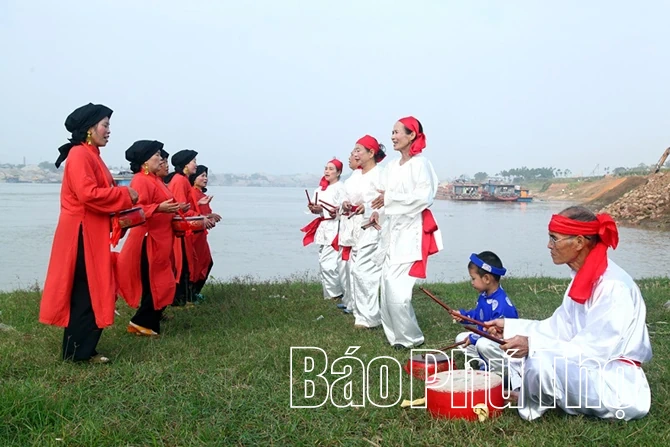
Duc Bac's Drum Singing (Song Lo commune) was recognized as a National Intangible Cultural Heritage since 2019.
The results of the post-merger cultural inventory show that Phu Tho currently has a very large number of heritages and relics, about 4,758 heritages, including thousands of relics, many of which are ranked at national and special national levels such as the Hung Temple Historical Site. At the same time, the province owns many recorded intangible heritages, with dozens of national intangible heritages and heritages listed by UNESCO. These numbers are both valuable and a great responsibility that the government and community must manage.
The reality is clear: On the one hand, cultural tourism is booming, for example, the Hung Kings' Commemoration Day and the Ancestral Land Culture and Tourism Week in 2025 will welcome about 5.5 million visitors, creating thousands of billions of VND in revenue for the locality in the short term; on the other hand, the large number of visitors, the rapid development of service infrastructure, and the pressure of urbanization can disrupt the structure of cultural space, erode rituals, distort festivals, and diminish traditional occupations if there is no strict conservation management and a sustainable development model.
The reasons for the paradox of “increased value but threatened sustainability” can be summarized in a number of points. That is, development and conservation planning is not really synchronized throughout the new province; the capacity of heritage management at the grassroots level is still lacking when having to manage a larger volume of relics after the merger; the policy of supporting artisans and craft villages is not strong enough to retain the younger generation; market pressure and infrastructure investment sometimes prioritize short-term benefits over long-term preservation. In addition, technology and social networks, although powerful communication tools, sometimes make traditional performances lose depth when they are reduced to “instant noodle” products to serve customers.
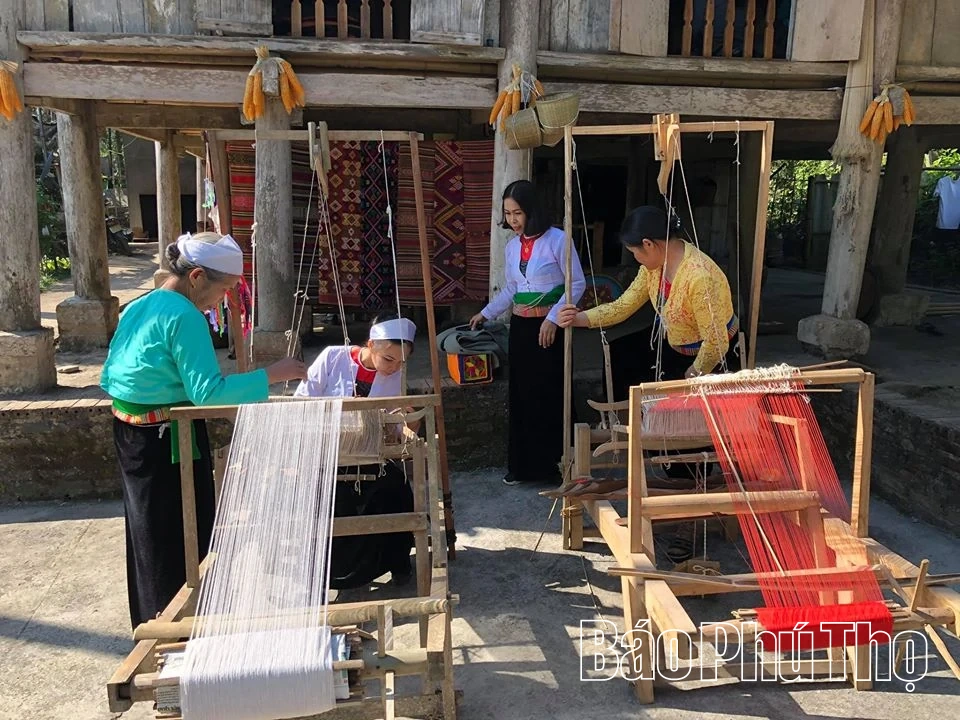
The traditional weaving profession of the Muong people in the old Hoa Binh province is one of the unique cultural features that needs to be preserved and maintained.
From that reality, the problem is how to exploit development advantages, connect infrastructure, expand tourism markets, take advantage of technology, and at the same time preserve cultural identity without being distorted by commercialization?
In our opinion, the first thing is to put cultural preservation at the center of spatial development planning. Every large-scale infrastructure project, from roads to urban areas, needs to have its cultural impact assessed before approval; core relic areas need to be zoned for protection with clear legal documents, binding on height, construction density and commercial activities. Inter-sectoral planning between culture, tourism, transportation and environment needs to be carried out synchronously, ensuring the harmony of development and conservation interests.
Next is the need to improve management capacity and focus investment on conservation. Specifically, increase the proportion of public investment in restoration, rehabilitation and monitoring of relics; apply a regulated socialization model, encourage businesses to participate in restoration and management of accompanying services, but with a clear conservation responsibility contract.
In addition, focus on developing “responsible cultural tourism” instead of purely mass tourism. It is necessary to build and standardize cultural tourism products associated with in-depth experiences such as organizing academic tours, traditional craft workshops, community seminars on heritage, limiting capacity at large events to avoid overload. At the same time, apply the benefit-sharing model: local communities, artisans, and households directly benefit to create motivation for conservation.
Preservation activities must go hand in hand with craft transmission and cultural human resource development. Support craft transmission programs in craft villages, schools combined with cultural clubs; have policies to support finance, taxes, and premises for young artisans to start creative businesses based on traditional crafts to retain the next generation.
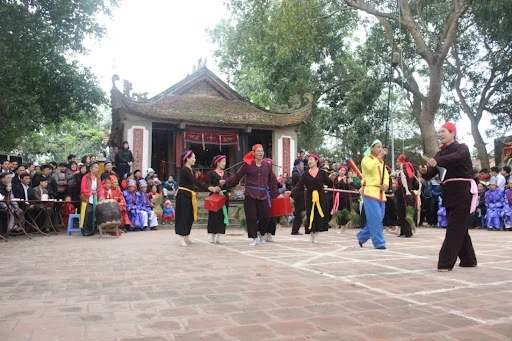
The Tram Tro Festival in Tu Xa commune, now Phung Nguyen commune, was recognized as a National Intangible Cultural Heritage in 2016.
In addition, it is necessary to selectively utilize technology to preserve and convey values. Digitize heritage documents, build digital archives, apply virtual reality technology to recreate rituals, create educational experiences for visitors without damaging reality.
In particular, it is necessary to soon complete the legal framework and inter-provincial and inter-sectoral coordination mechanism in heritage management. Mergers create major administrative changes; therefore, it is necessary to have a resolution and specialized regulations of the province to decentralize and assign tasks between the province and the commune level; develop a set of criteria for evaluating "living heritage" and standards for festival activities, avoiding indiscriminate commercialization. At the same time, strengthen coordination with central ministries, branches, academies and international organizations in the work of inventorying, preserving and applying for national and international recognition of heritage.
Finally, it is necessary to develop a long-term communication and education program to foster community awareness of cultural values. Cultural values cannot be kept unilaterally by the State; they are the common property of the community. Therefore, programs must be aimed at all ages, from schools to tourism businesses, conveying the message that development and conservation can go hand in hand if organized systematically.
Phu Tho is facing both opportunities and challenges. Geographical advantages, cultural resources and large markets, if well managed, will become the foundation for sustainable development. However, if development is too hot and unsynchronized, the spiritual values associated with the "ancestral land" will easily be eroded and lost.
To preserve cultural values amidst development pressure, the government needs to be proactive, have a vision, combine strict legislation with flexible socialization mechanisms, and at the same time empower and benefit the community. Then, Phu Tho will not only develop economically but also preserve its character, become a cultural destination with depth, contributing to enriching national identity in the new era.
Quang Nam
Source: https://baophutho.vn/giu-gin-gia-tri-van-hoa-giua-suc-ep-phat-trien-241242.htm



![[Photo] Collecting waste, sowing green seeds](https://vphoto.vietnam.vn/thumb/1200x675/vietnam/resource/IMAGE/2025/10/18/1760786475497_ndo_br_1-jpg.webp)
![[Photo] General Secretary To Lam attends the 95th Anniversary of the Party Central Office's Traditional Day](https://vphoto.vietnam.vn/thumb/1200x675/vietnam/resource/IMAGE/2025/10/18/1760784671836_a1-bnd-4476-1940-jpg.webp)
![[Photo] Closing ceremony of the 18th Congress of Hanoi Party Committee](https://vphoto.vietnam.vn/thumb/1200x675/vietnam/resource/IMAGE/2025/10/17/1760704850107_ndo_br_1-jpg.webp)

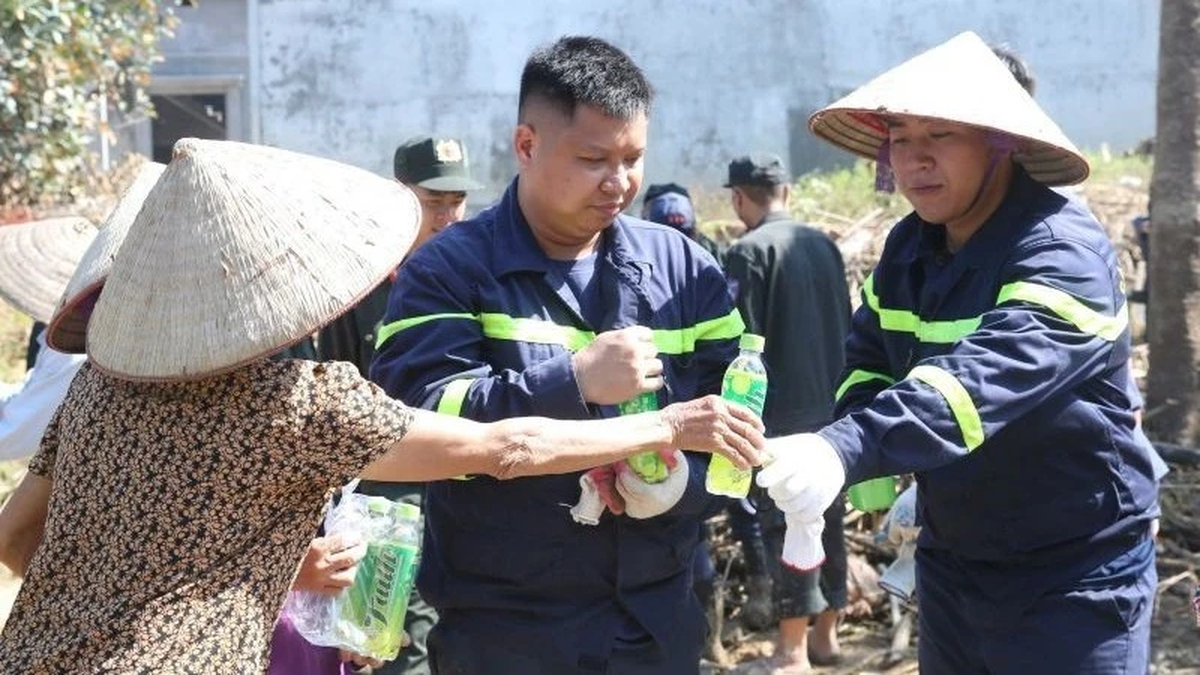
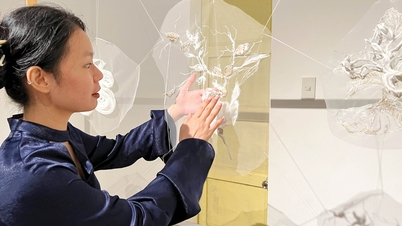

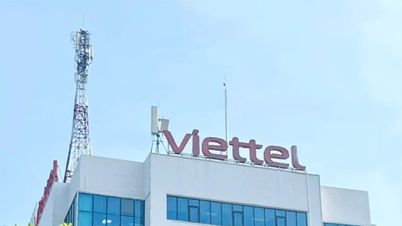
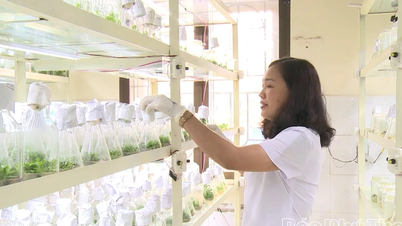
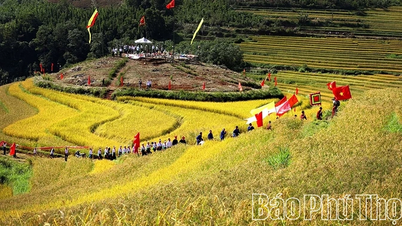
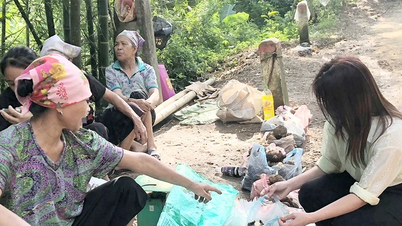
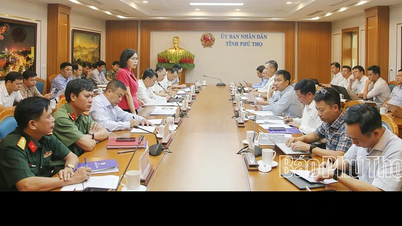
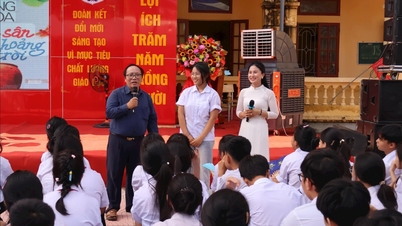



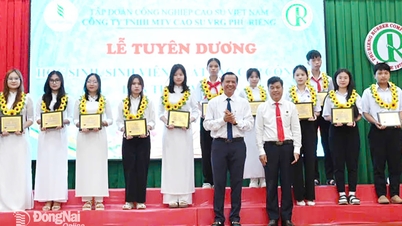

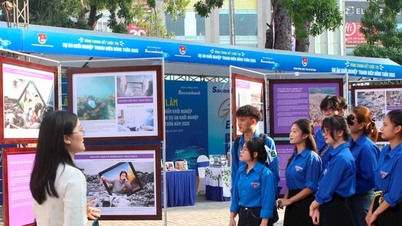

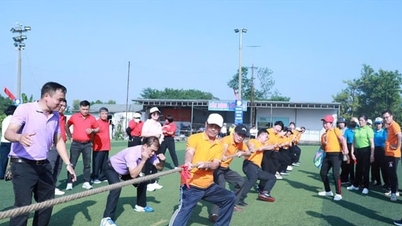
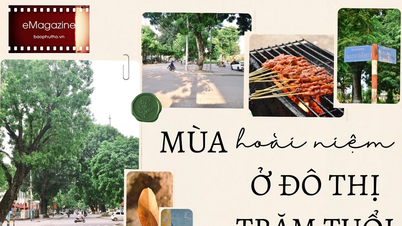




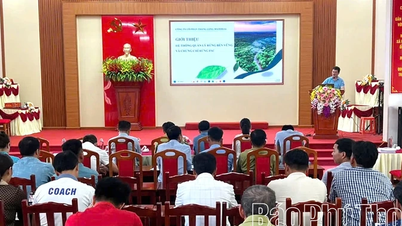
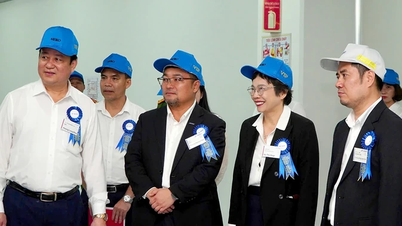
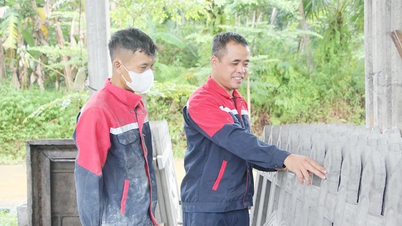
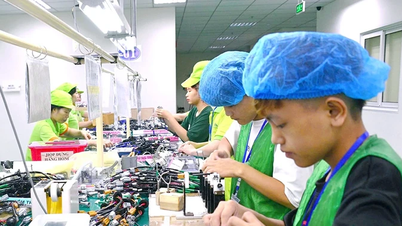
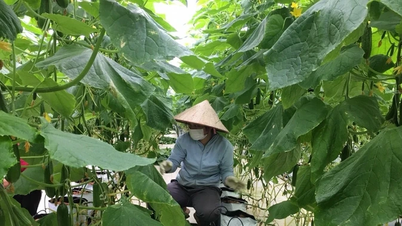
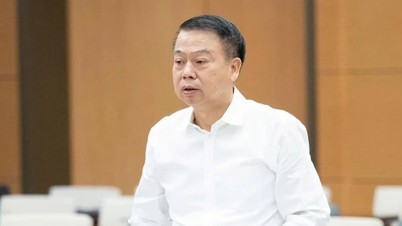



































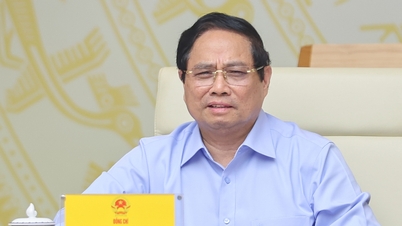
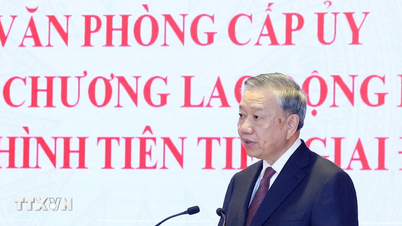

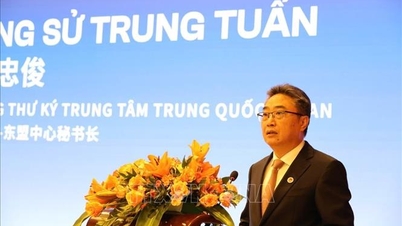
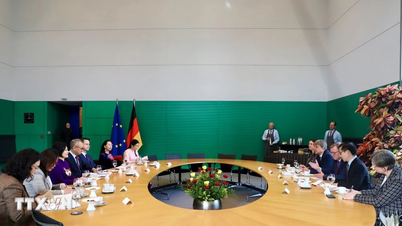
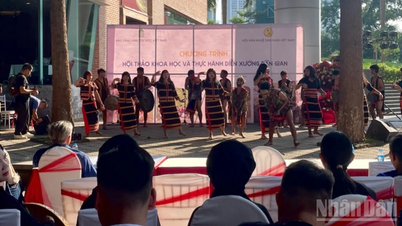











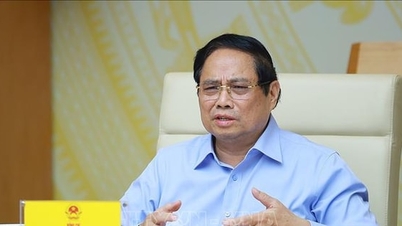


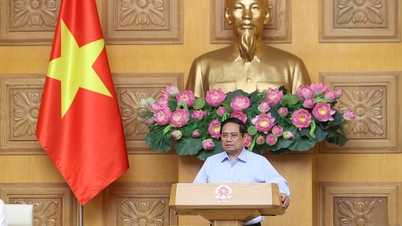


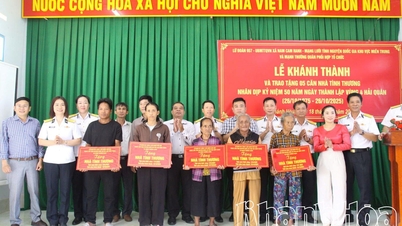

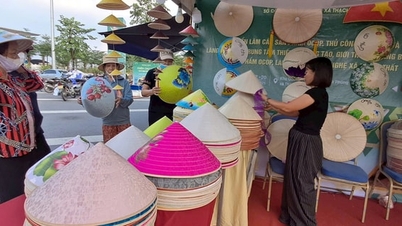







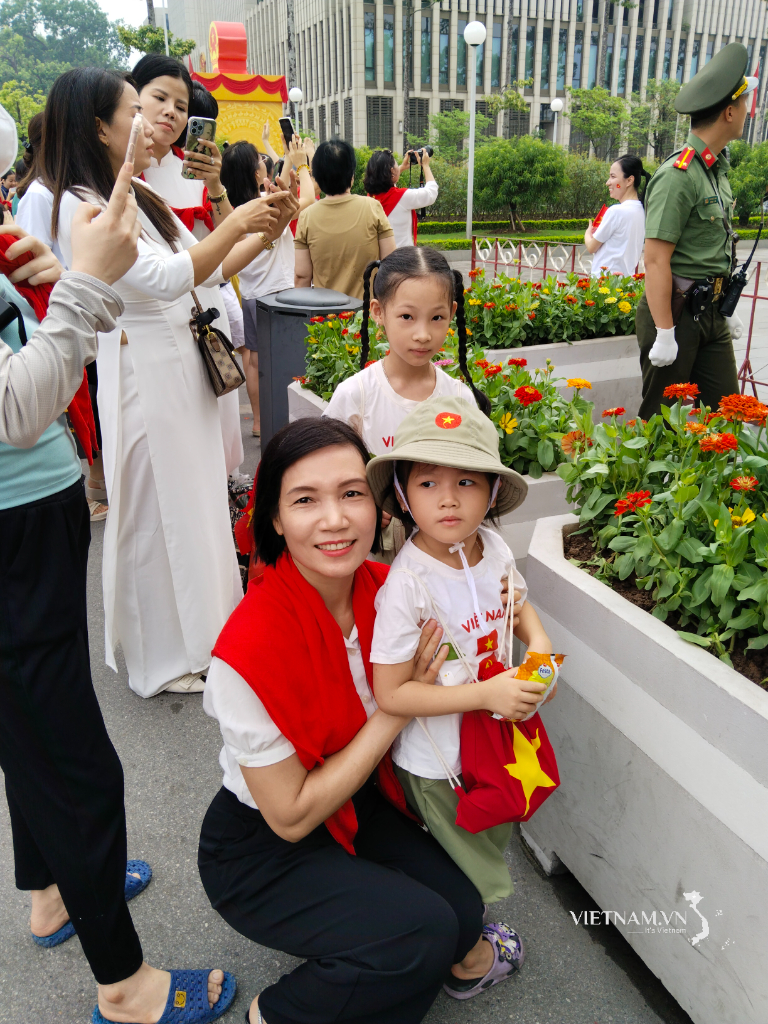
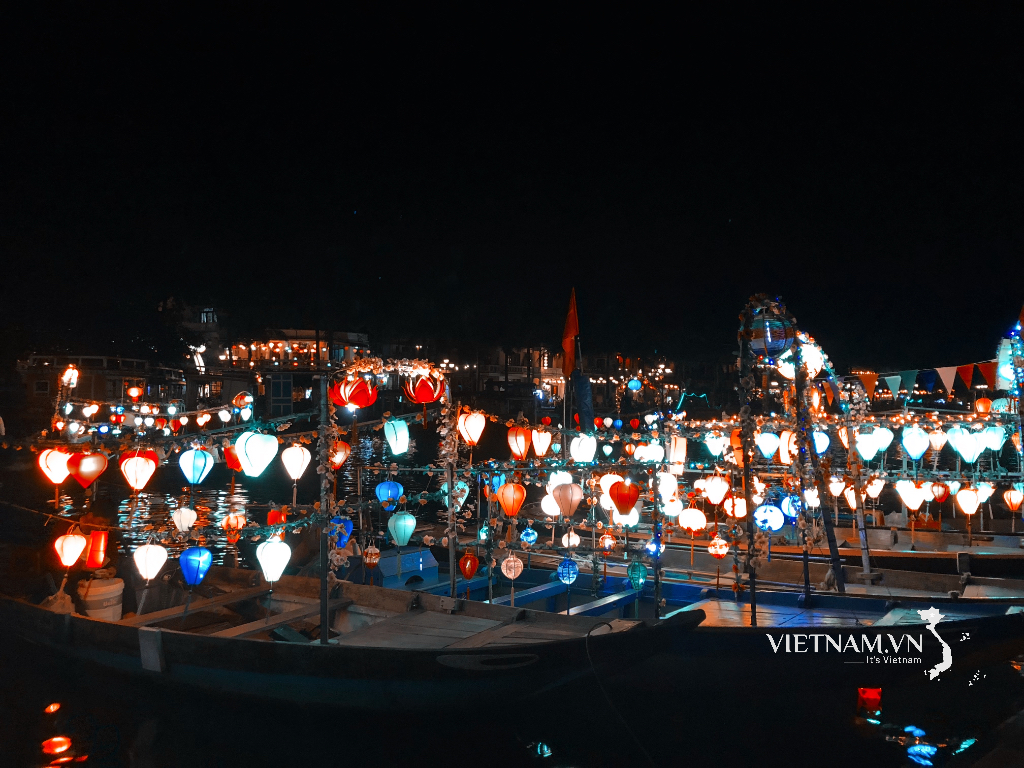


Comment (0)